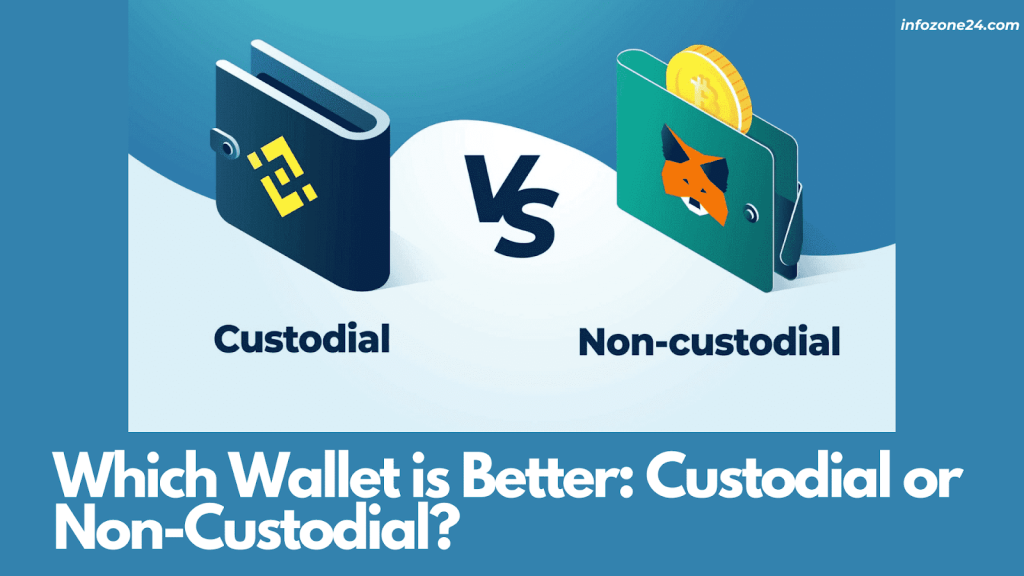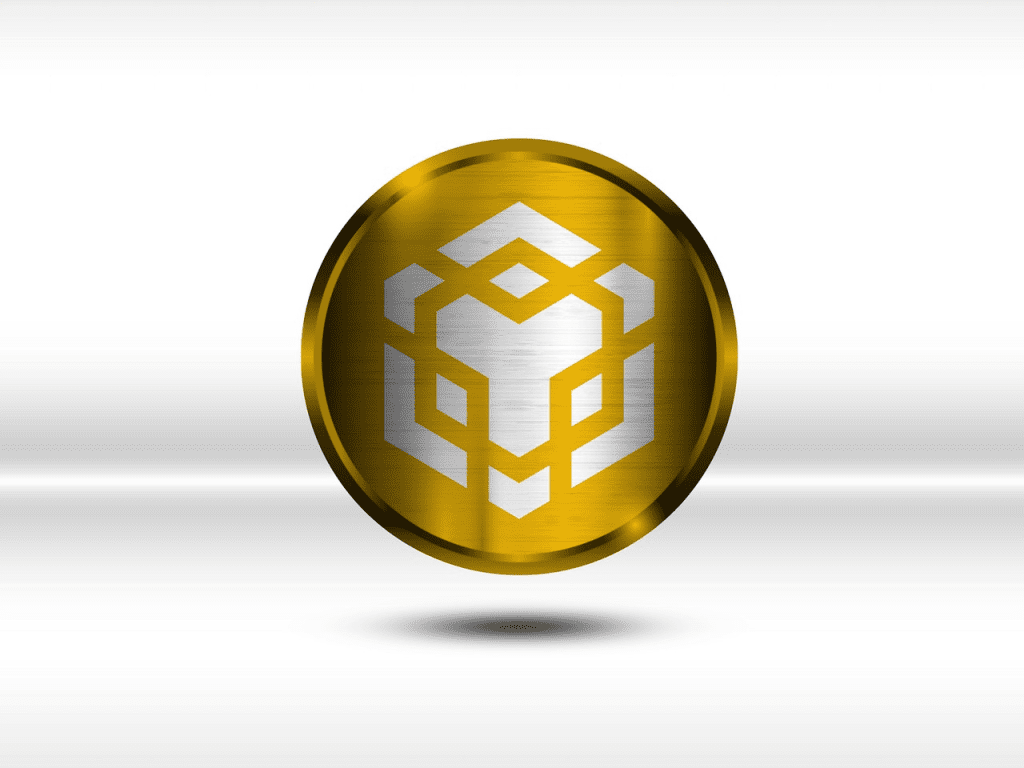A cryptocurrency wallet is the main tool that provides user interaction with the blockchain. It is needed to access digital assets and manage your accounts. Unlike physical wallets for fiat money, digital wallets have many more functions.
In addition to actually viewing the balance, many modern applications support the possibility of passive income. You can receive and transfer assets. Also, you have access to news feeds. These applications are even integrated with exchanges. Swap BUSD for USDT. Buying cryptocurrencies for fiat money is quite possible directly in the wallet.
Is One Wallet Enough?
The number of wallets per user is limited solely by considerations of:
- Usability,
- Common sense, and
- Economic feasibility (if we are talking about hardware storage).
Ideally, an investor needs at least two vaults:
- Personal
- Built-in in an application
For example, on a cryptocurrency exchange.
How Are Custodial Wallets Different From Non-Custodial Wallets?
Any centralized cryptocurrency exchange provides for the possibility of storing coins on a built-in wallet. Each client has his own separate account. However, the funds are stored in wallets that belong to the exchange. Due to this approach, platform clients do not pay blockchain fees for transactions.
Outside of trading platforms, individual users with custodial storage have little to no interaction. Such solutions are more suitable for large institutional investors. Those who transfer their digital assets to professional organizations with an increased level of security and other related services.
The custodian manages the client’s account and/or has access to his private keys. At the same time, custodian clients are usually required to undergo KYC.
The Main Disadvantages of Custodial Storage
The most obvious disadvantages of this way of storing cryptocurrencies are:
- The possibility for third parties to access your assets. Don’t discount cybercrime either. Centralized vaults with huge amounts in accounts are a very attractive target for hackers.
- Any reputable crypto exchange is a legal entity. That is, it is obliged to comply with the law and obey the requirements of law enforcement agencies. This means that the client’s data can be disclosed and his accounts frozen, for example, by a court decision.
- Short-term lack of access to assets during technical work on the platform is a fairly common practice. If we are talking about planned work, this is generally not critical. Although it can be inconvenient and unpleasant.
Features of Non-Custodial Wallets
Non-custodial wallets provide address creators with complete control over their funds, as private keys are held by the user. Accordingly, the application cannot restrict the use of assets in any way.
However, it also does not bear responsibility for the safety of assets. Such an application is usually available for download on a PC, mobile device, or browser and does not require KYC to use it.
Which Wallet is Better?
No storage method is perfect in every way. As a rule, funds intended for active trading or investment (for example, in staking or lending) should be stored on an exchange or in another custodial vault. For cybersecurity reasons, the profile must be protected using the maximum opportunities available on the platform.
Assets intended for long-term storage under a holding strategy are more sensibly stored offline. This will not prevent you from exchanging UTK to EGLD if the need arises. It just might take a little more work to complete the swap.
An important advantage of personal vaults is the ability to quickly access NFT markets, Web 3.0, and DeFi protocols without any restrictions.
Modern non-custodial storage is quite secure, but it also has disadvantages. The user independently organizes the storage of his funds and is fully responsible for any possible consequences. For example, the loss of private keys and a recovery phrase almost always means the loss of all funds.
In addition to organizing secure storage of the recovery phrase, it is quite reasonable to take care of backup copies of keys.
Conclusion
So, which wallet is better: Custodial or Non-Custodial? Well, no storage method is perfect in every way. Undoubtedly, digital wallets have many more functions. Still, both custodial and non-custodial wallets have their advantages and disadvantages.
As a rule, funds intended for active trading or investment should be stored on an exchange or in another custodial vault. However, the user independently organizes the storage of his funds and is fully responsible for any possible consequences.
Keep Reading: BRICS Currency – Going to Be the Number 1 Currency in the World
Michael C Vang is a passionate blogger. He has been blogging since 2013 on a variety of topics. He is committed to creating informative and engaging content that helps readers learn more about everything.



